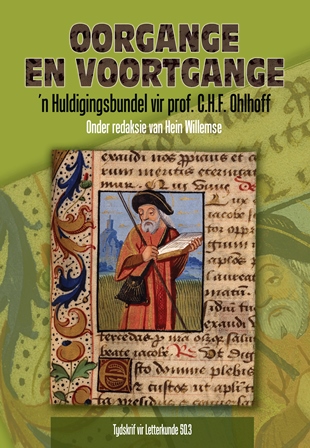‘Het doet emmer toverie’: ’n Forensiese ondersoek na die (on)waarskynlikheid van nekromansie in Die Hexe
DOI:
https://doi.org/10.17159/tl.v50i3.5110Keywords:
Die Hexe, Medieval Dutch farce, forensic linguistics, ordinary meaning of wordsAbstract
Die Hexe (“The Witch”) included in the Hulthem codex, is a Medieval Dutch farce which comically addresses the issue ofwitchcraft. Researchers see the text either as an explicit warning against the dangers of witchcraft or as a mockery of people’s superstitious beliefs. This article proposes to analyse the text from a forensic linguistic perspective by examining the word const which some annotators translate as “necromancy”. It is argued that const also means “knowledge” or “experience”, implying that the character Juliane is falsely accused of witchcraft and necromancy by the characters as well as the annotators. The article provides background knowledge to forensic linguistics followed by a brief overview of Die Hexe. The farce is subsequently discussed in terms of a fictional court case in which the legal semantic theory of ordinary meaning of words is applied. By studying the context and the relevant wording reasonable doubt can be established in terms ofJuliane’s innocence.
Downloads
Downloads
Published
Issue
Section
License
Copyright (c) 2013 Tydskrif vir Letterkunde

This work is licensed under a Creative Commons Attribution-ShareAlike 4.0 International License.


 https://orcid.org/0000-0001-6465-6584
https://orcid.org/0000-0001-6465-6584


.png)